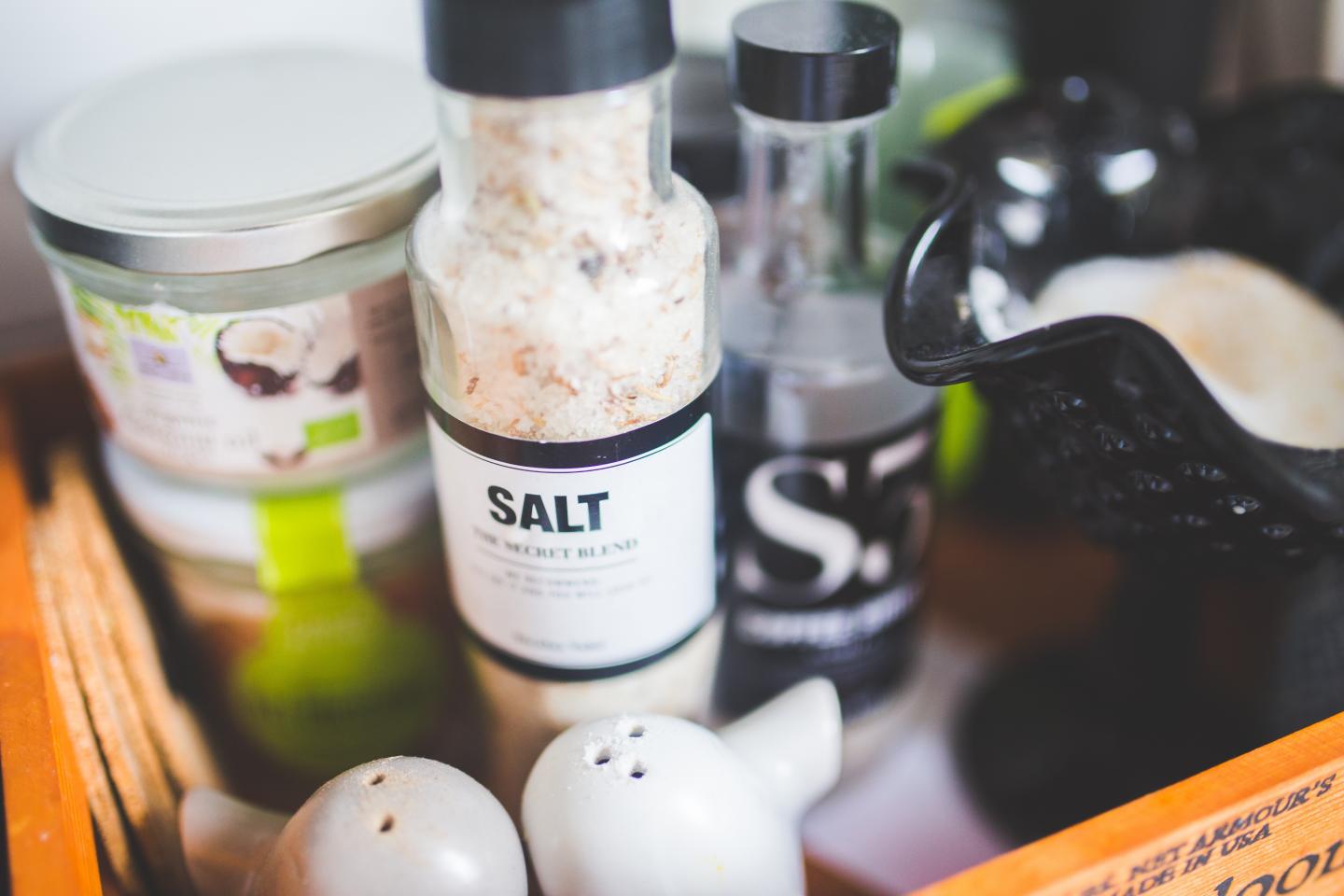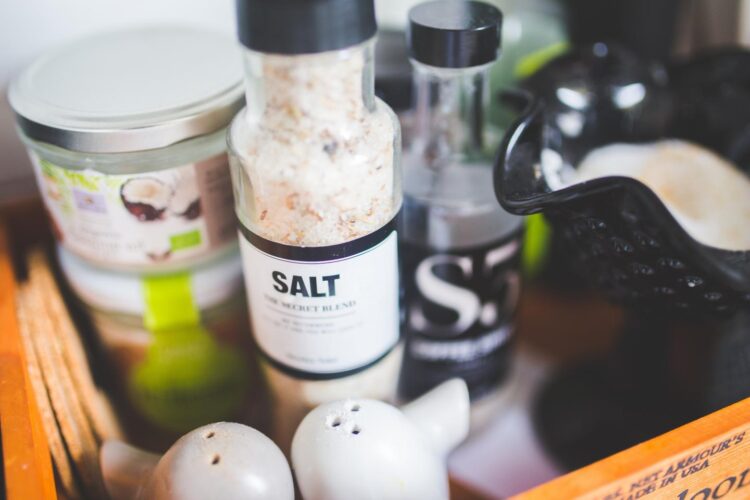Scientists explain the large variability in reported data on microplastics concentration in edible salt

Credit: Incheon National University
Just as environmentally conscious scientists predicted, our excessive use of plastics is coming back to bite us. Microplastics (MPs), plastic particles smaller than a few millimeters, can now be found everywhere, but more so in seawater. As expected, MPs are harmful to both environment and health, although their exact effects are unclear.
To get a better grasp of the extent of the MP problem, it is necessary to quantify how much we are exposed to them. Table salt has been shown to contain MPs, making it an ideal study target to gauge human exposure to MPs. Although many studies have measured the concentration of MPs in different edible salts, each research group used vastly different methodologies of quantification, causing much variability between the results, and calling into question their validity.
To address this problem, in a study published in the Journal of Hazardous Materials, scientists from Incheon National University, Korea, conducted a systematic review of all published papers on MPs in table salt and analyzed the differences between their methodologies and results in detail.
They found that the concentration of MPs in edible salt according to the literature varied quite a bit, and that measurement and sample-preparation procedures of each study were causing these differences. However, the largest differences were caused by the methods used to identify MPs, the minimum cut-off size and the criteria for the selection of particles. Professor Seung-Kyu Kim, who led the study, explains: “When not corrected by different measured minimum MP cutoff sizes, MP content differed from 10 to 600 times among different MP identification methods, with greatest values originating from visual observation and followed by spectroscopy methods.” Meanwhile, the scientists found a notable correlation between logarithmic mean abundances of MPs and minimum cut-off size used, regardless of the identification method.
Validation experiments using additional sea salt samples confirmed a grim truth: we are likely consuming much more MPs annually through table salt than estimated by previous literature reviews. Prof. Kim ascribes this problem to the simple comparison and compilation of past data without appropriate validation and correction. “Combining unverified data acquired through different methods has failed to produce reliable health-relevant results, which in turn undermines our ability to accurately quantify the human risk posed by MPs,” he concludes.
This study will hopefully help scientists produce better data and more reliable analyses when measuring MPs, and raise awareness of the pollutants we regularly put out into the environment and inside our bodies.
###
About Incheon National University
Incheon National University (INU) is a comprehensive, student-focused university. It was founded in 1979 and given university status in 1988. One of the largest universities in South Korea, it houses nearly 14,000 students and 500 faculty members. In 2010, INU merged with Incheon City College to expand capacity and open more curricula. With its commitment to academic excellence and an unrelenting devotion to innovative research, INU offers its students real-world internship experiences. INU not only focuses on studying and learning but also strives to provide a supportive environment for students to follow their passion, grow, and, as their slogan says, be INspired.
Website: http://www.
About the author
Professor Seung-Kyu Kim received a BS in Oceanography, as well as a MS and a PhD in Environmental Chemistry, from Seoul National University in Korea. He is an environmental chemist interested in the environmental fate and transport of environmental pollutants, as well as assessing their human and ecological effects. Over the past few years, his team has assessed the behavior, distribution, budget, and exposure of microplastics and their associated chemicals from freshwater systems to the open ocean. Their research goal is to determine their mass flows on a regional and global scale, through lab- and field-based studies.
Media Contact
Seung-Kyu Kim
[email protected]
Original Source
http://www.
Related Journal Article
http://dx.





